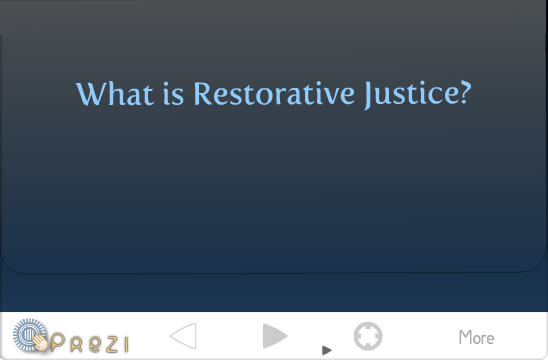This essay considers the problem of the moral justification of the deliberate infliction of pain and deprivation as a response to criminal wrongdoing. The author demonstrates how most theories of justice are in fact rationalizations of revenge, and punishments that are based on justice can easily be turned into public vengeance. This book is divided into three parts: Theories, Politics and Realities. Fatic proposes a restorative theory of crime handling based on the moral principle of refraining from the deliberate infliction of pain and the functional principle of maximization of trust as a social commodity. He suggests the need for a cultural transformation lead by moral elites to create a pacifist society where reconciliatory behaviour is rewarded and punitive behaviour is sanctioned.
Source: Vanspauwen, K., Robert, L., Aertsen, I., Parmentier, S. (2003), Restorative Justice and Restorative Detention. A selected and annotated bibliography. Katholieke Universiteit Leuven, Faculteit Rechtsgeleerdheid, Onderzoeksgroep Penologie en Victimologie.








No comments